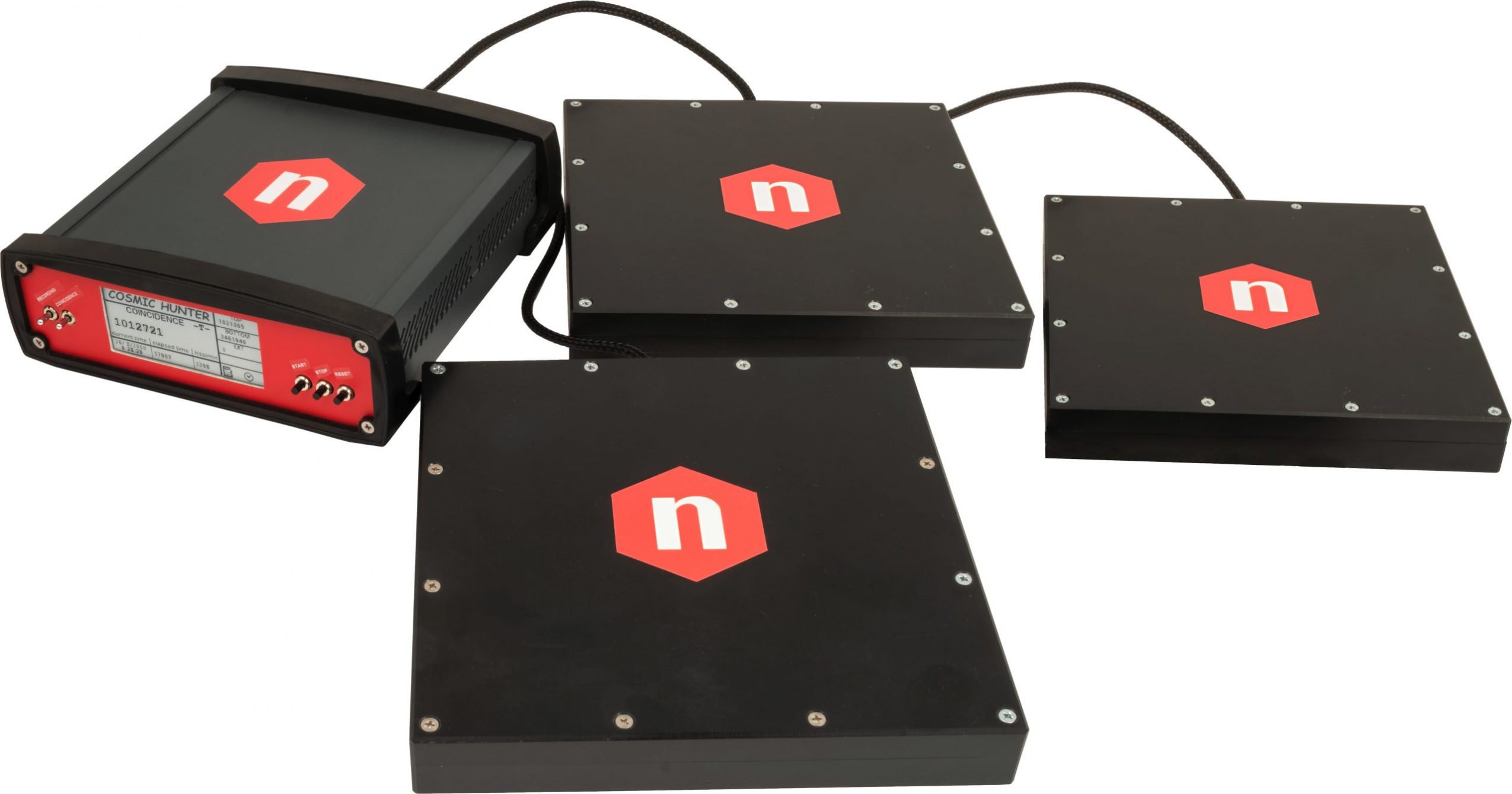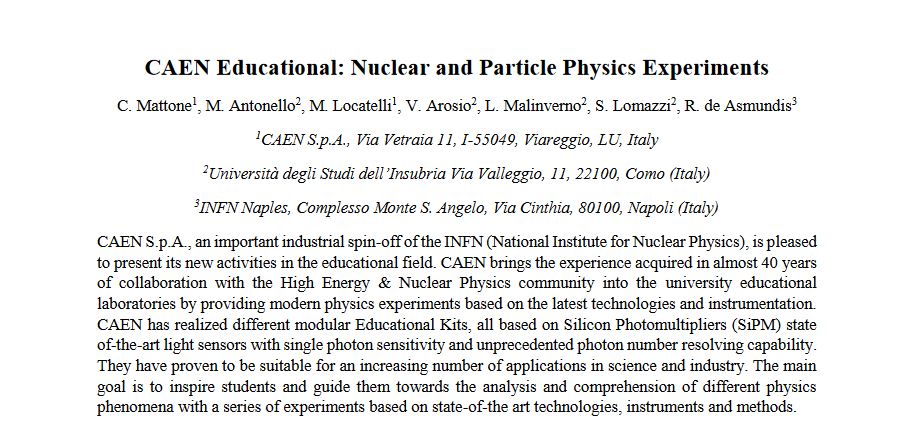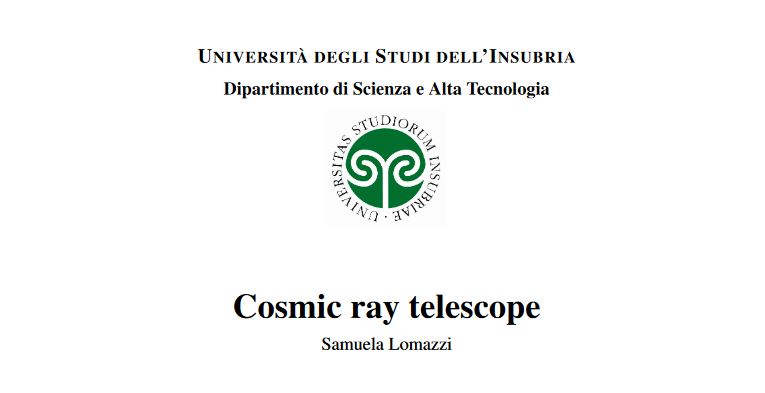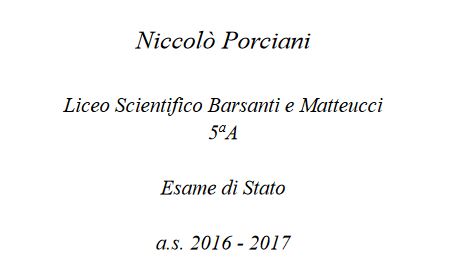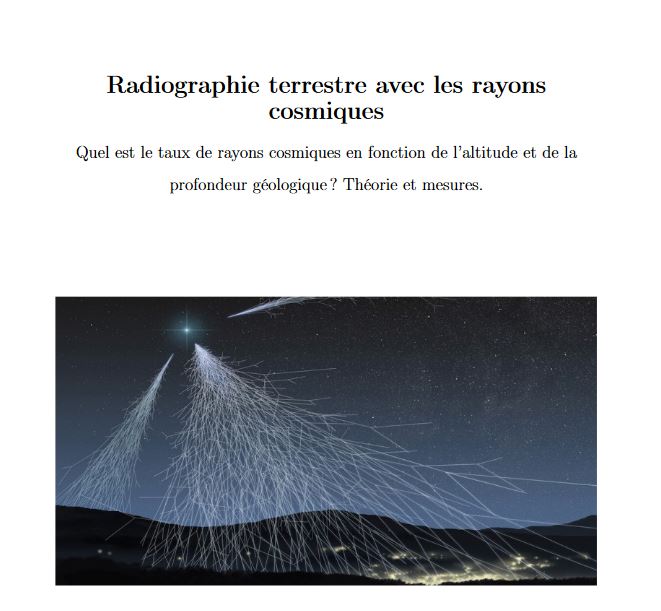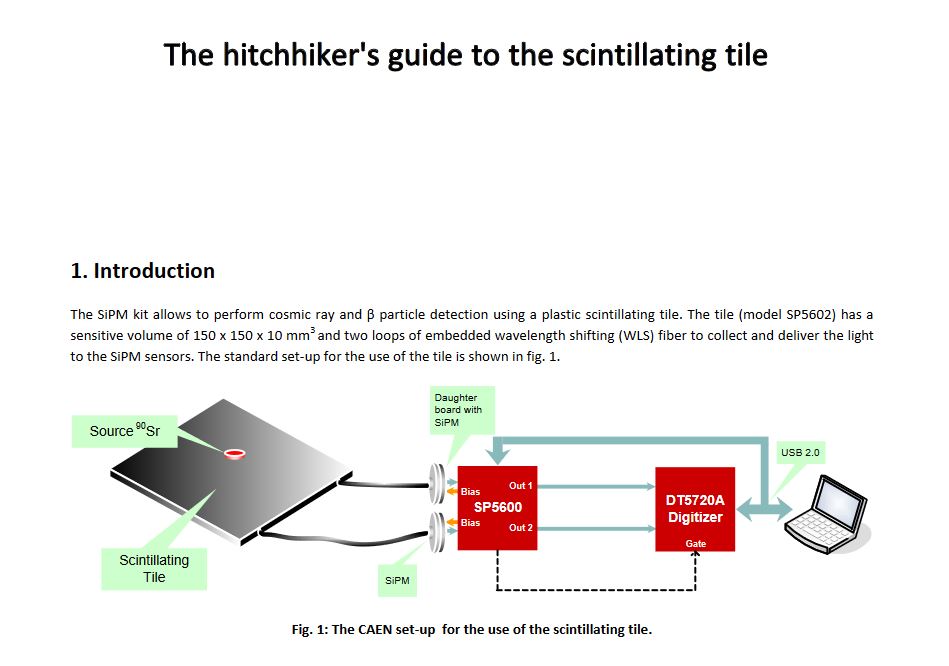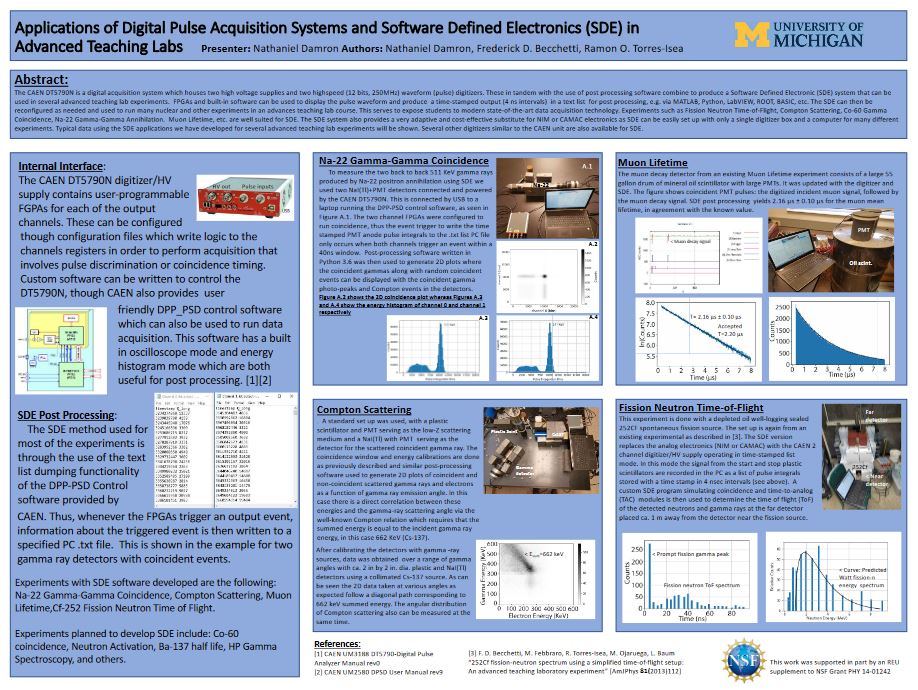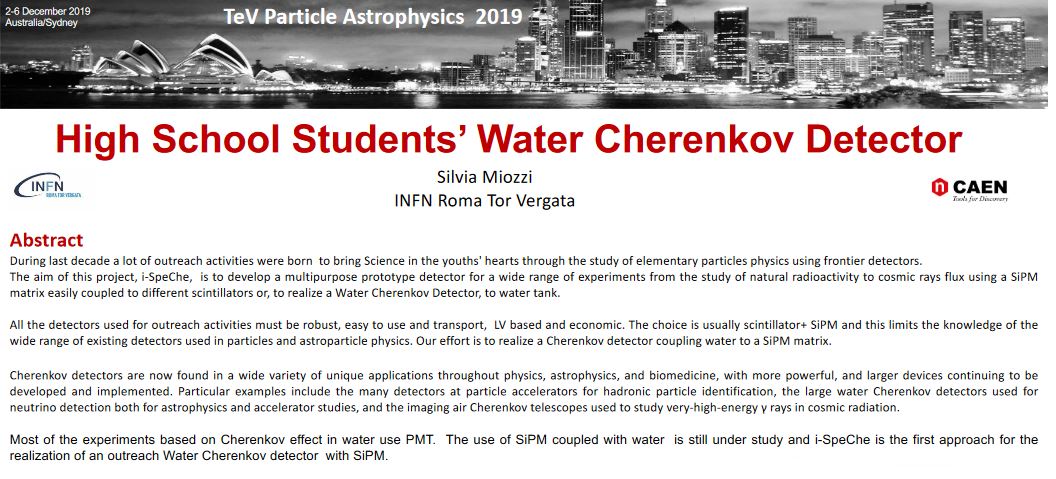All “Cosmic Rays” experiments
Detection Efficiency
Download printable version Difficult Execution Time Data Analysis Radioactive Sources Yes No Hardware setup This experiment guide is referred to the SP5620CH educational kit. Equipment SP5620CH - Cosmic Hunter Additional SP5622 - Detection System DT1081B Four-Fold Programmable Logic Unit (Discriminator, Coincidence and Scaler modules in one solution) Purpose of the experiment: To goal of

